| Previous | Index |
chain and gears to turn
the rear wheel faster than your feet turn the pedals. In such ways, machines can do things that are beyond our physical powers. It might seem that a machine that increases force or speed also adds to the energy that you put into it, but this is not the case: you cannot get more energy out of a machine than you put in. When
any object is set in motion, the amount of energy involved depends on the amount of force acting on
the object and the distance that the object moves. If a machine magnifies the force acting on an object, then the distance that the object moves decreases, and vice versa. Therefore, the total quantity of energy transferred does not change.
same basic principles to the transfer and transformation of energy. In an electrical washing machine, for example, electric energy from the mains supply is delivered to a motor then transformed into kinetic energy; and in a light bulb, electric energy is transformed into light energy. Electronic machines transfer and
transform energy
using few, if any,
moving parts. Instead, they use tiny components such as transistors and microchips
that carry and process electric signals. Such components are not only powered by electricity, but also use it as a medium for carrying data (information) such as sounds or images. Electronic components may also transform electric energy into radio waves or light to transmit data along wires or through air to
telephones, radio and
television sets,
or computers.
A waste of energy
Some of the energy that allows a machine to do its work is diverted in the process. The energy does not disappear; it is converted to a form that is not useful to the nut(hine. All machines with nuwing buts, or wluclt tuovc over the ground or through ;tin
or water, are subject to friction
as their moving parts rub against each other or against other substances. Friction changes some of their energy into heat and sound, so that parts get hot and make noise. When friction wears parts down, a machine starts to perform badly. Electronic machines may have no moving parts, but electricity flowing through their circuits makes them warm up, so the machines still lose some energy in the form of heat. A well-designed machine keeps energy losses to a minimum
to work as efficiently as possible.
Controls
Complex machines can
be difficult to operate.
Fully automated machines,
however, can operate unaided. For example, a manual camera requires many
delicate adjustments
to take a good picture, but the user of an automatic camera need only press a button and let the camera do the rest. Automatic control is important in many machines. Some, such as vending machines and washing machines, follow a set routine of operations once started. Others are totally independent of humans and use detectors to sense their own environment or performance. For example, automatic doors open to allow entry when they sense an approaching person. An autopilot continually checks
the altitude and
direction of a plane and acts to keep it on course. The ultimate ;tutonistic
111.1t hilic is
t he who[.
A cylinder of a car engine
shows how heat energy from
burning fuel can be turned into motive power to drive a machine.
Fluids and currents
Many machines use fluids (liquids and gases) or electricity,
rather than solid components, to transfer energy from one part to another. For
example, excavators have pipes filled
with liquid that transfers energy from a motor to
High-pressure fluids
such as oil and air drive
many machines. Valves
like this one-way balloon
valve are required to
control their flow.
A train of four different kinds of gears shows how mechanical parts transfer energy in machines a digging bucket, and put it to use. The parts often change the force
causing the bucket or speed with which the machine operates.
to move slowly but with
great force. And a dentist's drill is driven by air to turn with great speed rather than great force. While mechanical machines are powered by kinetic, chemical, or heat energy, electric and electronic netchincs ire powered by clecu-ie energy. All those nt,tchines, however, apply the
An autmnatic- launp
has o Imht drtrrt n limit nwl s III,, bull' Iipht up
aohru a ,lets dank.

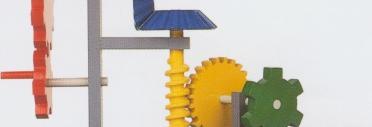
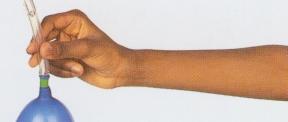
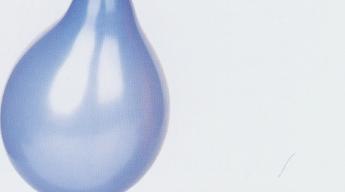
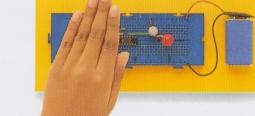
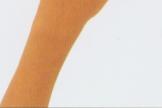
| Previous | Index |